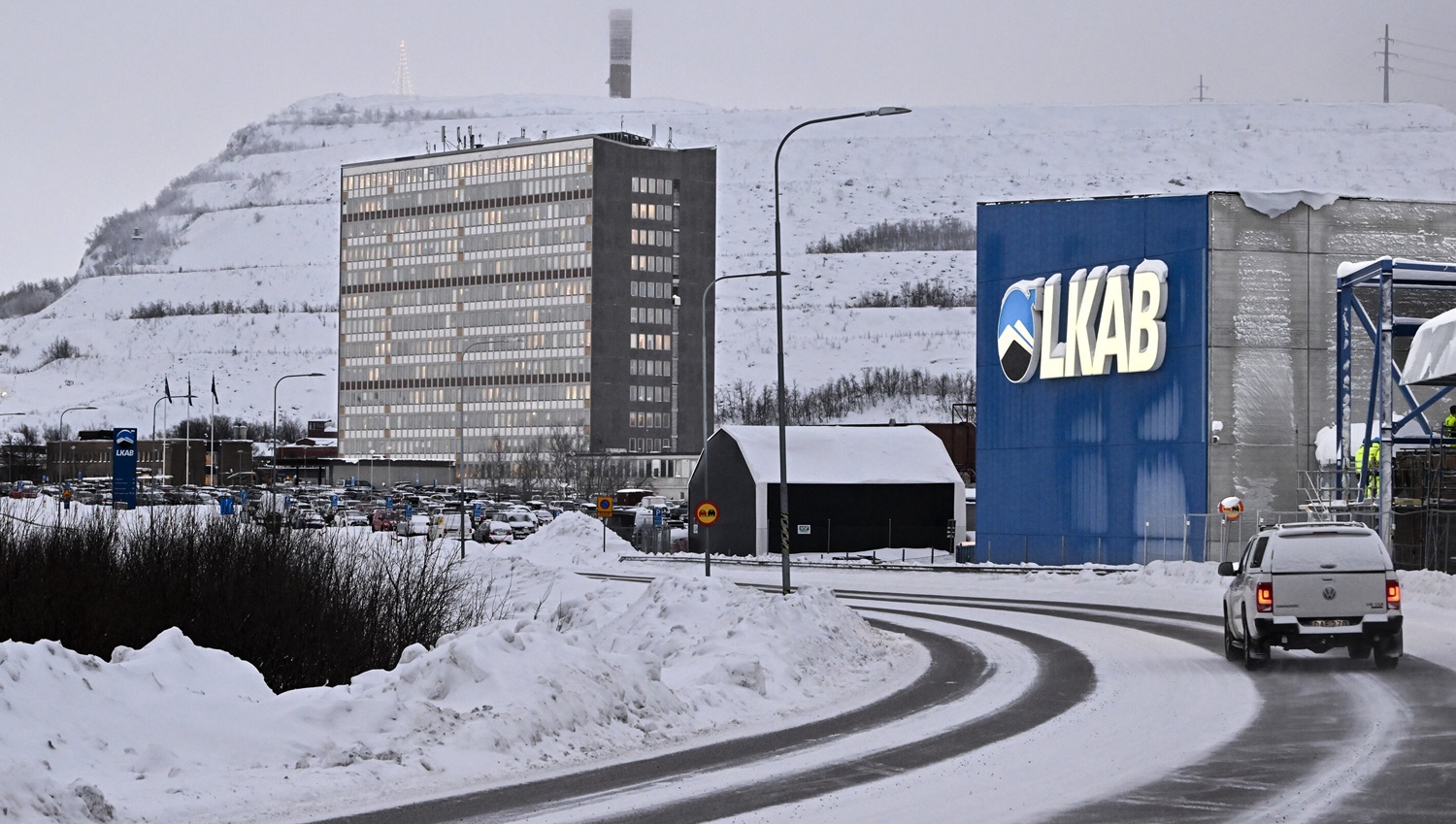Will this record find solve Europe’s energy fears?
The record finding of rare earths in Sweden can make Europe independent of China. How long will it take to get there? Now an expert speaks.

They are called neodymium, praseodymium, cerium or dysprosium and are indispensable for our digital world: the rare earth metals are used in the production of wind power generators, flat screens and electric cars.
By far the largest part of the global production volume of rare earths comes from China. On Thursday, the Swedish state mining company LKAB reported the largest known find in Europe, with a volume of more than one million tons. Is this the chance to break free from dependence on China? Jens Gutzmer, an expert in resource technology at the Helmholtz Institute in Freiberg (Saxony), classifies the potential of the find for t-online.
What amount of rare earths is needed worldwide?
The annual production of all rare earths is currently around 250,000 tons worldwide. According to Gutzmer, global production continues to increase every year, by more than ten percent between 2021 and 2022.
According to LKAB, the quantity of rare earths located in Per Geijer in Sweden would be sufficient to cover a large part of future EU demand for the production of permanent magnets. But it takes time to get there.
When can mining start in Sweden?
The LKAB press release speaks of a preparation time of ten to 15 years. That is absolutely realistic, says Gutzmer. “On the one hand, the exploration of the Per Geijer deposit is not yet complete, on the other hand, the regulatory and technical preparations and in particular all necessary considerations for the environmental impact of a mining project in Europe usually require five to ten years,” says the expert.
Is there an alternative to Per Geijer?
So at least a decade until the first funding – against the background of the rapid technical developments, that is a long period that can only be bridged by imports from China and other countries. Or is there an alternative?
“An obvious alternative is the iron ores from the Kiruna mine right next door. It produces many millions of tons of iron ores per year, which are very similar to those from the Per Geijer deposit. The ores also contain rare earth-bearing phosphates. These rare earths are today not separated, but remain in the mining residues,” says Gutzmer.
In his opinion, with the right technology, rare earths and phosphate could already be extracted from the residues produced. “If this were possible, it would make a difference for the rare earth supply in Europe as early as next year,” says the scientist.
China is number 1 in the world
But that’s theory. In practice, China is the master of rare earths and can use its supremacy as a political or strategic lever.
With about two-thirds of rare earth production, China dominates global production. According to a 2020 Commission report, the EU got 98 percent of its rare earth needs from China at the time. So the dependency is huge.
Can the find in Sweden free us from this? Gutzmer: “In fact, the rare earths from the Per Geijer deposit could cover a significant part of the demand for rare earths in Europe in the future. However, not only the mine at the Per Geijer deposit has to go into production, but also the technical problems, which are solved with the separation of the rare earths from the raw material available there.”
In Gutzmer’s opinion, LKAB, as a large and innovative mining company, has the potential to address these technological problems: “The technology development will take a few years. In this respect, with the available lead time of ten years, it is exactly the right time to start developing the technologies for processing Rare earth elements from the iron ore of the Per Geijer deposit.”
EU wants to support European projects
In order to stand up to the Chinese, mining projects like those in Sweden should also be promoted from Brussels. This spring, the EU Commission intends to propose measures to strengthen Europe’s strategic autonomy in relation to important raw materials.
What about the German deposits of rare earth oxides?
Rare earths can also be found in Germany. A deposit was located 600 meters below the Saxon village of Storkwitz about ten years ago. Why don’t we promote it? Gutzmer explains: “The mining and processing does not make economic sense.” This is also due to how the metals are embedded in the earth. In the case of the Per Geijer deposit, it is the combination of iron ore (for the production of steel), phosphate (for the production of fertilizers) and rare earths that makes joint processing economically viable.
Is it worth recycling old devices?
We are ripping huge amounts of rare earths from the earth to build our digital future. But isn’t recycling worth it? Of course, this would require new technologies and new business concepts, says Gutzmer.
However, for the here and now one has to “recognize that the global demand for rare earths and other high-tech metals is increasing rapidly. This cannot be covered by recycling the quantities previously used. Here we will have to continue to use our natural raw material base.”

